
Timeline Board
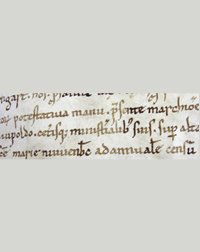
1108
In the context of a donation by Margrave Leopold III, an altar of Mary is mentioned in a document.
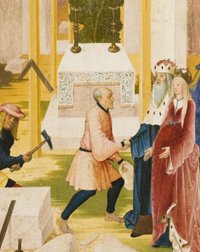
1114
On 12 June, the foundation stone for the abbey church is laid
1133
Leopold III brings the Augustinian canons, headed by Provost Hartmann, to Klosterneuburg
1136
On 29 September, the abbey church is consecrated by Archbishop Konrad
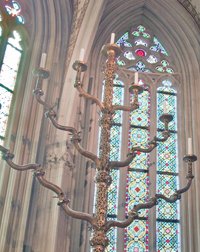
1136
Margravine Agnes presents a particularly valuable item to the collegiate church: the giant seven armed candelabra.
1136
On 15 November Leopold III dies (probably in a hunting accident)
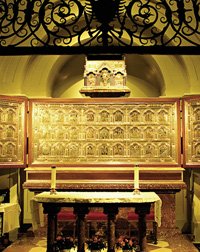
1181
The Verdun Altar is completed
1330
On 13 September, a great fire breaks out at the abbey
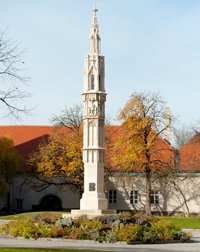
1381
The "Tutzsäule" monument (a Lantern of the Dead at the cemetery on Stiftsplatz) is erected
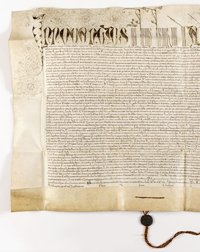
1485
On 6 January, Margrave Leopold III is canonised by Pope Innocent VIII in Rome
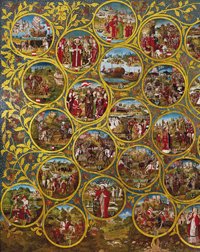
1489
Babenberg family tree (now displayed at the abbey museum)
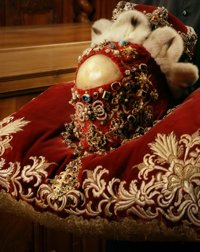
1506
On 15 February, the remains of St. Leopold are removed (translation of his relics)
1529
First Siege of Vienna by the Ottoman Empire. The canons flee to Passau
1584
The first Leopold pfennigs are coined under Provost Balthasar Polzmann
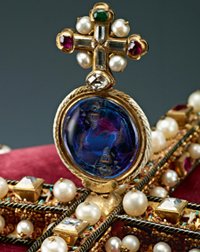
1616
On 15 November, Archduke Maximilian endows the Austrian Archducal Hat to Klosterneuburg Abbey
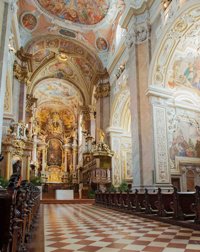
1634
until 1645. First period of the Baroque refurbishment of the abbey church
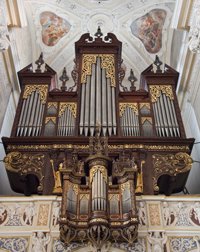
1642
Johannes Freundt completes his masterpiece, the Baroque organ
1663
Leopold is named patron saint of Lower and Upper Austria.
1680
Second period of the Baroque refurbishment of the abbey church
1683
Second Siege of Vienna by the Ottoman Empire. The canons flee to Ranshofen and Passau, only Wilhelm Lebsafft and Marzellin Ortner stay at Klosterneuburg.
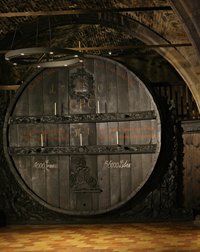
1704
Construction of the giant barrel (set up today at the Binderstadl barn)
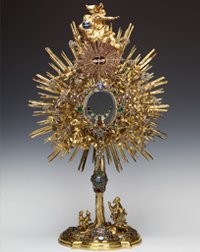
1714
The Veil Monstrance is acquired on the occasion of the 600-year jubilee of the laying of the church's foundation stone
1714
The canons exchange their white habit for a black one
1723
until 1730. Third period of Baroque refurbishment of the abbey church
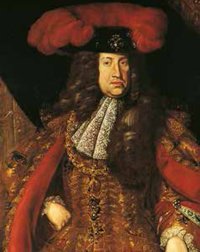
1730
until 1740. Based on plans by architect Donato Felice d'Allio following the model of the Escorial in Spain, a new Baroque building is constructed under Emperor Charles VI
1774
The abbey museum is founded under Provost Ambros Lorenz
1782
On 20 April, Pope Pius VI visits Klosterneuburg Abbey
1786
The town of Floridsdorf (today one of Vienna's districts), named after Provost Floridus Leeb, is founded
1796
The philosophical-theological abbey school is built
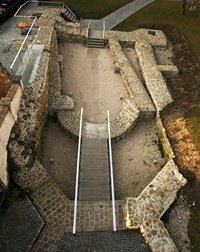
1799
The Capella speciosa at the Stiftsplatz is torn down
1802
The Albrecht Altar is transferred to Klosterneuburg Abbey (now displayed at the Chapel of St Sebastian)
1805
until 1806. First occupation by the French troops. On 20 December 1805, Napoleon visits the abbey
1809
Second occupation by the French troops
1813
The tradition of Fasslrutschen (sliding down the huge barrel) is first mentioned in a document
1819
Provost Gaudenz Dunkler permitted the Viennese suburb of New-Meidling to be constituted as an independent municipality. Stift Klosterneuburg had manorial rights over the area. In gratitude for this, the new town took the name “Gaudenzdorf”, or “Gaudenz Village”.
1824
Provost Gaudenz Dunkler was one of the founding fathers of the “Imperial and Royal Mutual Privileged Fire Damage Insurance”, which was founded in 1824 and developed into the Vienna City Mutual Insurance Group and then later, the Vienna Insurance Group.
1860
Founding of the winery school
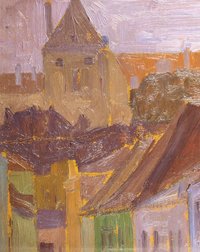
1908
The hitherto unknown painter Egon Schiele participates in an art exhibition at the abbey
1910
The church music department at the Royal-Imperial Academy for Music and Performing Arts at Klosterneuburg is built
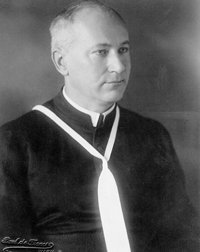
1922
Pius Parsch founds the Popular Liturgical Movement
1941
until 1945. Confiscation of Klosterneuburg Abbey by the Nazis
2003
The biomass heating plant starts operation
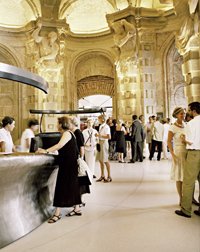
2006
The Sala terrena is opened as a new visitor reception area